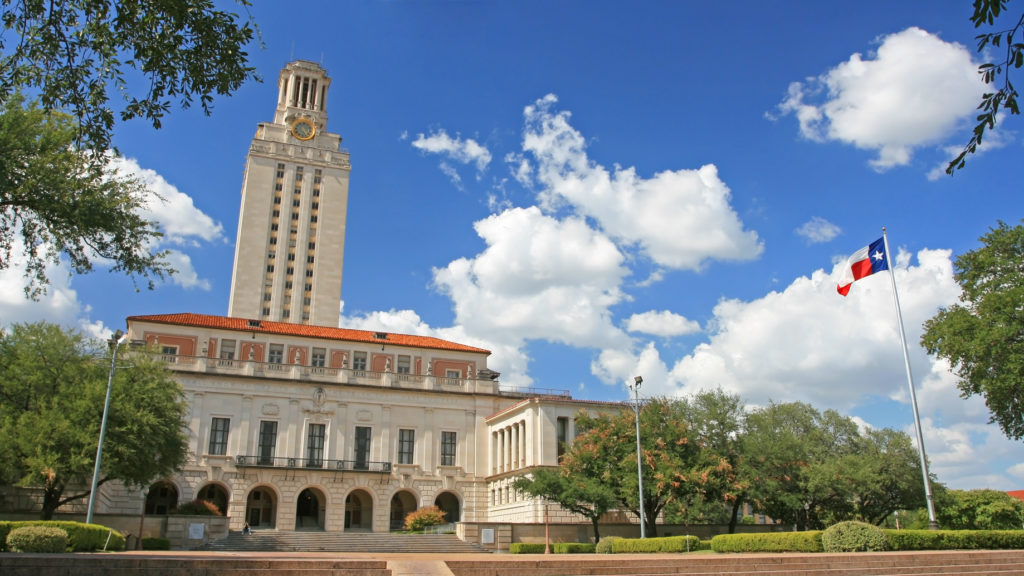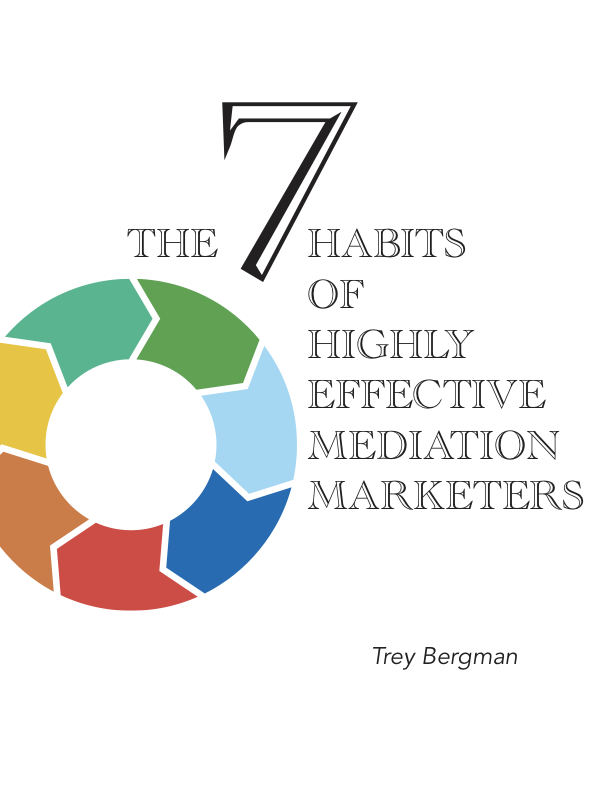Collaborative Divorce and the Collaborative Law Process in Other Family Cases

by Camille Milner. Many lawyers went to law school with the idea that they would help people, but find out that law typically uses a zero-sum method of conflict resolution. Collaborative law, used most frequently in divorce cases, offers a different way to resolve conflicts. But executing Collaborative cases successfully requires paradigm shifts from clients, […]
Environmental Conflict Resolution

by Suzanne Schwartz. Conflicts over environmental preservation and development of resources show no sign of abating. Environmental conflict resolution (ECR) began in 1974, when it was used to settle the seemingly intractable disputes over the Snoqualmie River dam in Washington. Statutory and organizational infrastructures now support ECR. This chapter helps to understanding why and when […]
Mediation in College and University Settings

by Karey Barnes. and Gene Roberts. Colleges and universities today are home to at least three generations: Baby Boomers, Gen X, and Millennials. On the horizon is also iGen, or Gen Z. Plus, higher education is increasingly diverse. Naturally, the opportunities for conflict amongst such diverse populations are rife. One of the unique aspects of […]
Domestic and International Developments in Online Dispute Resolution

by Benjamin Davis. and Graham Ross. Technology is evolving and working its way further into our lives, including areas like dispute resolution. Amazon, eBay, and PayPal have been using online alternative dispute resolution for years. But now, online dispute resolution has expanded into business dispute mediation, among other areas. Benjamin Davis and Graham Ross take […]
Professionalism Committee Hard at Work To Expand Mentoring Opportunities and Speakers Database

By Kenda Culpepper The mission of the State Bar of Texas Professionalism Committee is to increase professionalism and improve the development of new lawyers. The committee was revitalized in 2012 by State Bar President Buck Files, and it has striven to accomplish its mission by tackling four key subjects: mentoring, promoting professionalism through CLE and […]
The Future of ADR

by Judge Frank Evans, Don Philbin, and Colin Rule. Conflict in human interactions is perennial. But our understanding of behavior in conflict is advancing and opening opportunities for the next generation of conflict resolvers. The authors take a look at two questions: How do we address growing pains in the practice of ADR? How will […]
Mediation of Intellectual Property Disputes: Tactics & Strategies

by Hesha Abrams. Intellectual property disputes, especially those involving patents, offer some unique mediation challenges. The time frame for resolution, in particular, depends heavily on a few key crossroads in the case. Hesha Abrams shares insights on when those timing vortices appear, plus strategy to deal with corporate politics and optics of a deal. Full […]
Arbitration

by John Allen Chalk. Arbitration begins with a contract, but often does not end there. If one of the parties challenges the arbitration agreement, the court where the arbitration dispute lands must first address whether a valid arbitration agreement exists. If the answer is yes, then the court must assess whether the asserted claims are within the […]
The 7 Habits of Highly Effective Mediation Marketers

by Trey Bergman. Mediation skills are key to a successful practice. But if no one knows about your fabulous skills, they won’t beat down your door to hire you. That’s where marketing comes in, of course. Trey Bergman outlines 7 habits of marketing that will help build a successful mediation practice. Full Chapter Here
ADR Procedures at the Appellate Level

by Hon. Guadalupe Rivera (Ret.). Mediation isn’t unheard of at the appellate level courts in Texas, but on the whole it’s used infrequently. Hon. Guadalupe Rivera (Ret.) digs through the data and shows which appellate courts make the most frequent use of ADR referrals, and details all the appellate courts’ policies on mediation. Full Chapter […]
